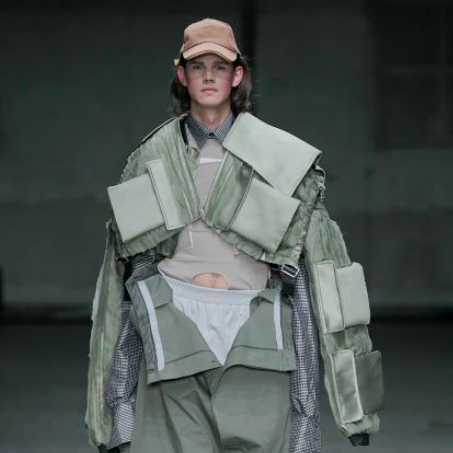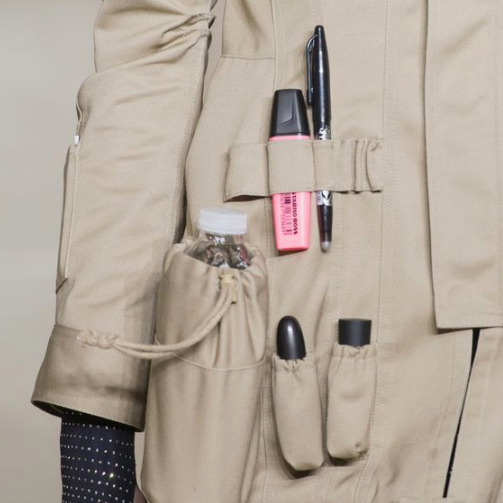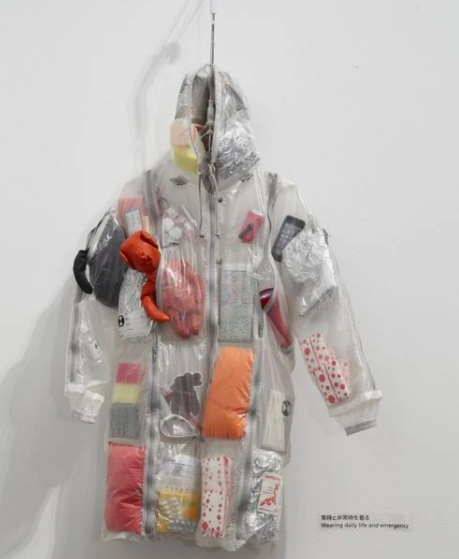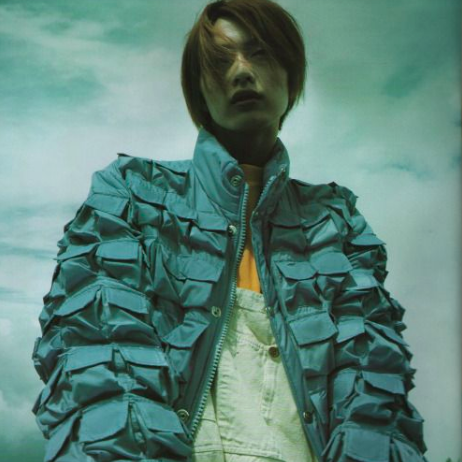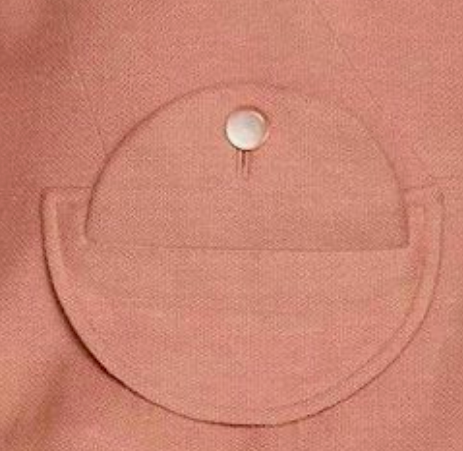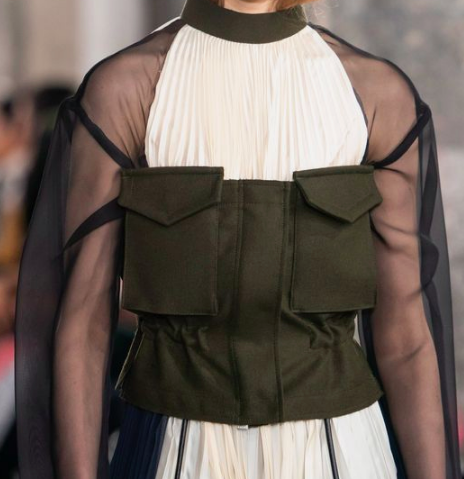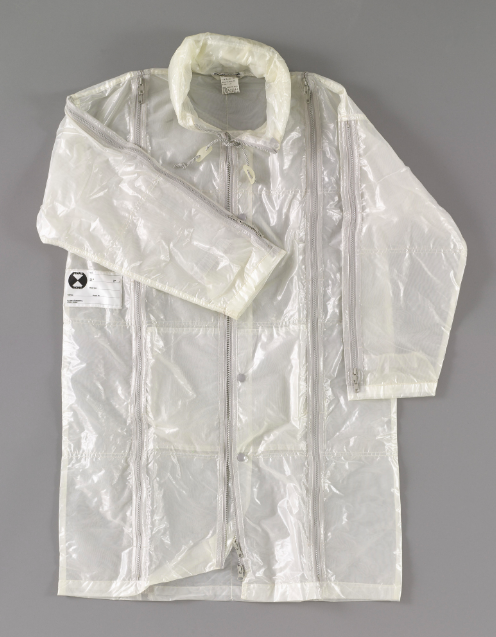The Art of pocket design: How to create unique and stylish pockets
Have you ever noticed the pockets on clothes? Have you ever stopped to look at a garment because its pockets were particularly beautiful?
To take one designer as an example, Yohji Yamamoto's pocket designs are a goldmine for designers. If you get the chance to examine one of his garments, take note of those pockets!
Today, I want to show you how to create unique and stylish pockets to give any garment a unique look.
Functionality vs. aesthetics of pockets
Let's not forget that pockets are above all practical. If some are made for design, don't forget that they will support the weight of the objects you are going to put in them.
There is also the problem that when you put things in the pockets, it adds weight to the garment and therefore changes the shape.
Pockets that combine functionality and aesthetics are often those that were created for military clothing. I'm thinking here of the patch pockets on cargo or military jackets. In these pockets it is possible to put a lot of things, without changing the aesthetics of the garment. Indeed, these are pieces whose pockets are meant to be used.
Designing the pockets:
Determine the function of the pocket
The function of a pocket is to put things in it. Of course, you will say! But if you think about it, you won't create the same pocket for pens as for water bottles.
So don't hesitate to think about what you want to put in your pocket.
A designer side note:
Kosuke Tsumura is the creator of "Final Home". This brand was launched with the aim of creating clothes that would help people in desperate situations. The brand has gained attention for its post-apocalyptic, survivalist aesthetic.
One of his most famous designs is a transparent raincoat he created for the 1994's collection. The 44-pocket parka. Made as a wearable shelter, it would allow the wearer to stuff the jacket as he wants to make it more puffy. It would also be a jacket to transport a lot of items as a snail would do so that the wearer could use the coat as a shelter.
Consider placement:
The placement of a pocket can have a big impact on the overall look of your garment. The height of a breast pocket or the placement of a side pocket will completely change your garment.
Classically, pockets are thought out in relation to the body and the placement of the arms. Indeed, the goal was to have access to the inside of the pocket, without having to twist.
But on a garment that you're going to create for yourself, you can break free from convention and you can think outside the box.
If you have difficulty imagining different placements, draw your pocket then cut out the outline and play with it on your garment drawing. Don't be afraid to place your pocket in places that seem absurd!
Experiment with different shapes and sizes
The great thing about pockets is that you can make them into almost any shape you can imagine.
If you draw your model on paper, try adding a huge pocket or a very small one. Scribble shapes on your paper that seem silly to you. This will help you to think differently about the shape and size of your pocket.
Find all the pins here: https://www.pinterest.fr/Couture_Hacker/pockets/
Embellishments and details
The pocket can be embellished with different things to make it unique. I think of zippers or buttons to create a secure closure.
But when I think of details for a pocket, I always try to imagine creating another opening to access the side of the pocket or creating a pocket within a pocket, like a secret pocket.
You can also play with materials, testing different textures to get a different stiffness. Or play with colours to create colour blocks.
Conclusion
Today I've talked mainly about design and how you can free your mind from the conventions and barriers it might face.
You are completely free to create pockets of any size, any shape, any material, and to place them wherever you want on your garment. Because it's your garment and it's where you can express the creativity that's in you!
So grab your pencils and tools and let's get to work creating beautiful pockets you can be proud of!


